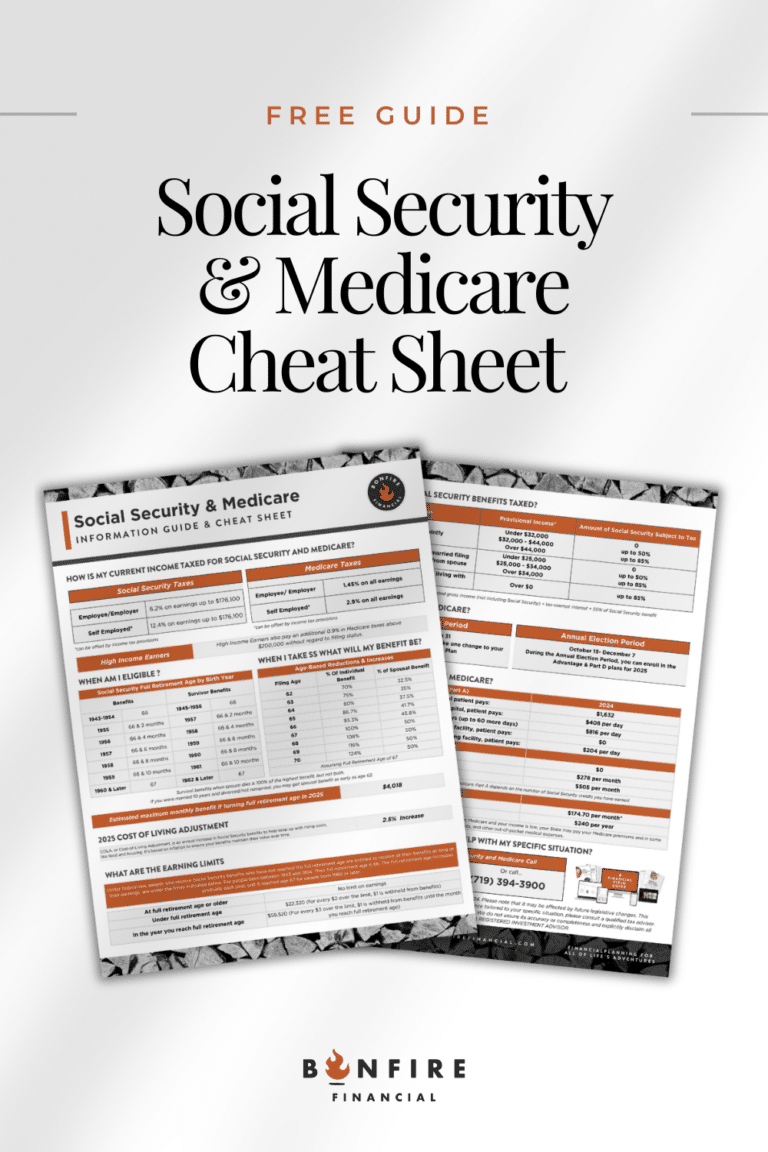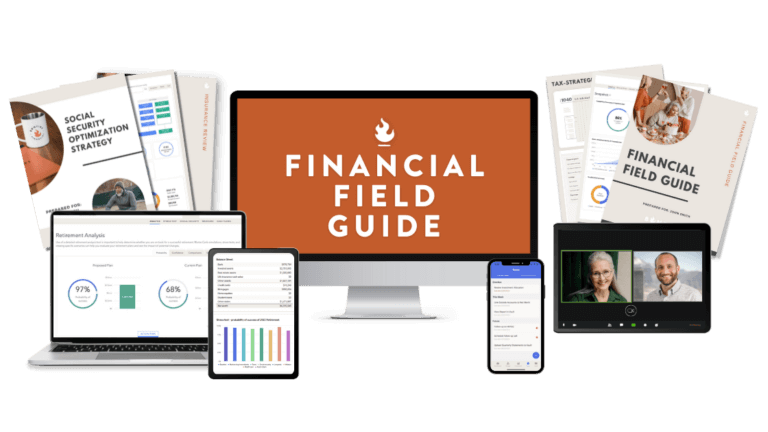Retirement planning isn’t just about saving; it’s about mastering the rules of the game. If you’re a high-flyer working for a major airline, you’ve probably heard about the 401(a) and 415(c) limits – but do you truly understand how they can help supercharge your retirement savings? Let’s break down these limits, unravel the intricacies, and set you on the path to maximizing your retirement nest egg.
What is the 401(a) limit?
The 401(a) limit caps the amount of money your employer can contribute to your 401(k), as described by a salary limit. Check here for current year limits. This means when your employer is contributing to your 401(k), they are going to contribute XX% of your salary up to the IRS limit.
For example in 2024, if United contributed 16% of your salary into your 401(k), the most they will add is $55,200 ($345,000 X 16%). If your salary is higher than $345,000, they can no longer contribute to your 401(k), and this is where the money may spill over.
Some more senior pilots may have a salary higher than the salary limit. In this case, they will get the maximum amount allowed from their employer. If your salary is under that, you don’t have to worry about that limit. However, both pilots will have to pay attention to the next limit, called the 415(c) limit, which will limit what you and your employer contribute as a total limit.
401(a) Limit: Your Key to More Employer Contributions
The 401(a)(17) compensation limit, nestled within the U.S. Internal Revenue Code, is your golden ticket to getting your employer to pump more money into your 401(k). This limit caps the portion of your earnings that counts when determining contributions to specific retirement plans, including beloved options like 401(k)s and defined benefit pension plans.
Now, the real magic happens when you align your contributions with the 401(a) limit. This strategic move can lead to a larger employer contribution to your 401(k), leaving you with more take-home dollars. The aim is to maximize your 401(k) without hitting the cap too soon or spilling over.
415(c) Limit: The Sibling of 401(a)
But wait, there’s more! The 415(c) limit, or Section 415(c) limit, is another player in this retirement savings game. This provision in the tax code sets the annual ceiling on contributions or benefits allocated to an individual’s retirement account within qualified plans, spanning 401(k)s, 403(b)s, and pensions.
These limits aren’t etched in stone; they evolve yearly to keep up with inflation and economic shifts. For the most current numbers, consult the IRS or your trusted tax advisor when making retirement contributions.
Making Sense of 415(c): Real-Life Scenarios
Let’s dive into real-life scenarios. Imagine you’ve maxed your contribution (based on 2024 numbers- Check here for current year limits.) at $22,500. Your employer can contribute up to $43,500. If your salary is $280,000 and your company matches 16%, that’s a generous $44,800 from your employer. However, there’s a $1,300 spillover due to the 415(c) limit. In this case, you could reduce your contribution to $21,200 and still receive the full $44,800 employer contribution, reaching a total of $66,000.
Now, what if you’re 50 or older and want to hit the max of $73,500, including a $7,500 catch-up contribution?
401(a) at Play: Maximize Your Employer’s Share
Here’s a twist – you can contribute only the catch-up amount to your 401(k) if your employer’s contributions have already filled your account to the max. Say you earn $345,000, and your employer contributes 16%, giving you $55,200. If you’re under 50, you can add $13,200 to reach the $66,000 cap. If you’re 50 or older, it’s an extra $20,700 to hit the $73,500 limit. Fascinatingly, neither scenario requires you to max out your employee limit of $22,500 plus a $7,500 catch-up.
Crunching the Numbers for Your Benefit
To make the most of these limits, a little number-crunching and projection are in order. Consider your salary history and estimate future earnings to create a strategy that maximizes both your contributions and those from your employer.
Why does all this matter? Because it’s your gateway to getting more money into your 401(k), rather than spillover accounts. And the more you get in now, the better your financial future will look in retirement.
Beyond 401(k) – The Backdoor Roth Conversion
But our journey doesn’t end here. For our high-earning clients in the airline industry, we’re here to uncover your financial dreams and set you on the right track. One exciting strategy to explore is the Backdoor Roth Conversion. This allows you and your spouse to stash away even more, in addition to your 401(k) contributions. It’s a powerful way to build a pool of tax-free retirement dollars.
In a Nutshell
In real-life scenarios, these 401(a) and 415(c) limits offer opportunities for fine-tuning your contributions. By making thoughtful adjustments to your contributions, you can leverage your employer’s contributions and, if you’re 50 or older, take advantage of catch-up contributions. Ultimately, these limits are the building blocks of a more secure financial future in retirement. The more you invest wisely within these boundaries, the more comfortable and stable your retirement years will become. So, remember, it’s not just about accumulating savings; it’s about understanding and utilizing these financial limits to secure your financial well-being in retirement.
What We Can Do for You
As a Certified Financial Planner and Fiduciary Financial Planner, we’ve partnered with over 50 pilots just like you, helping them discover their financial goals and chart a course to success. We can help you navigate 401(a) and 415(c) limits. Those who work with advisors or have done so in the past often have at least double the retirement savings of their peers, sometimes even more. Your financial future deserves expert guidance – let us help you soar towards your retirement dreams.
Set up a free consultation call today to learn more about how we can help you!
 Client Login
Client Login









